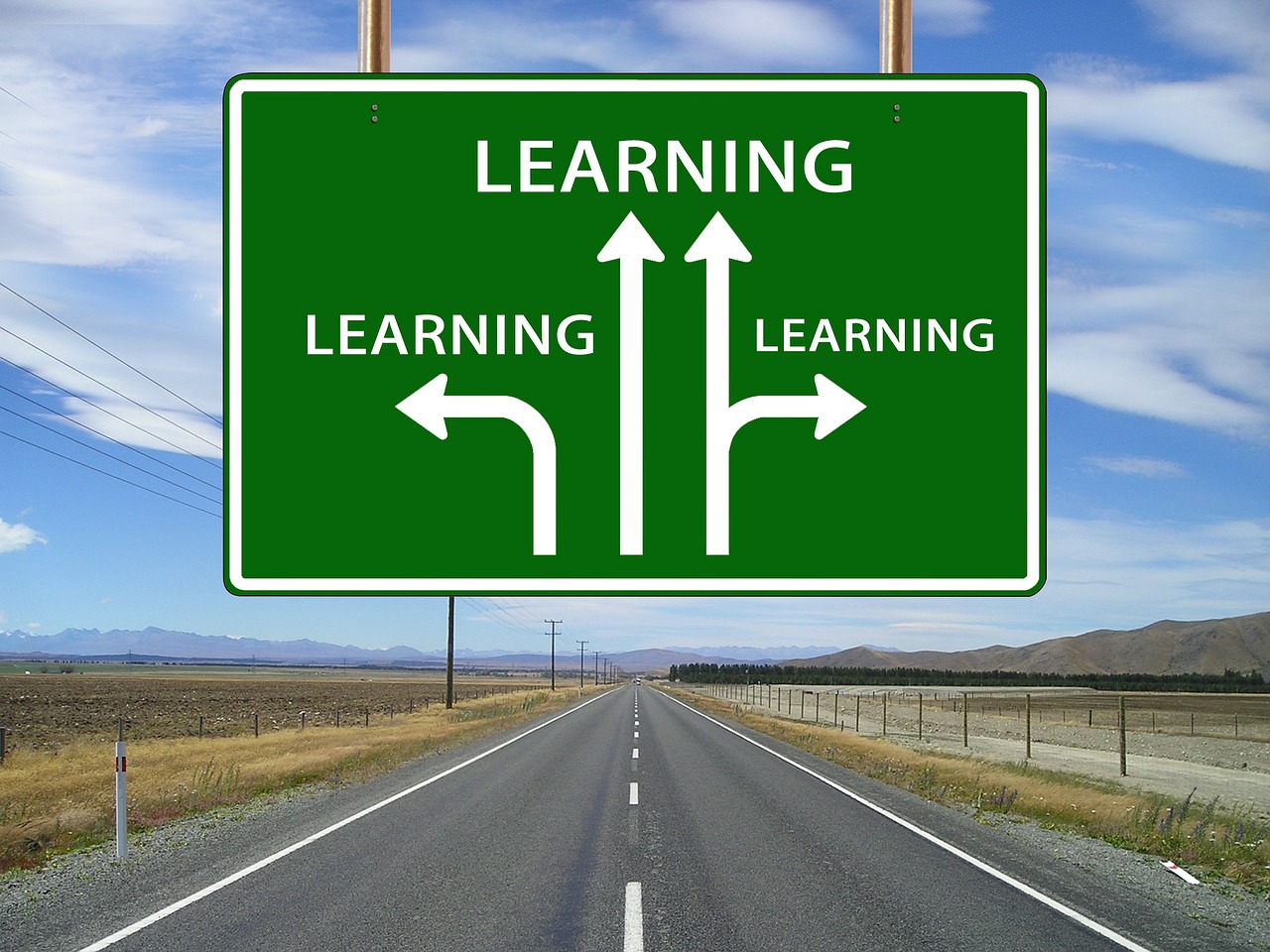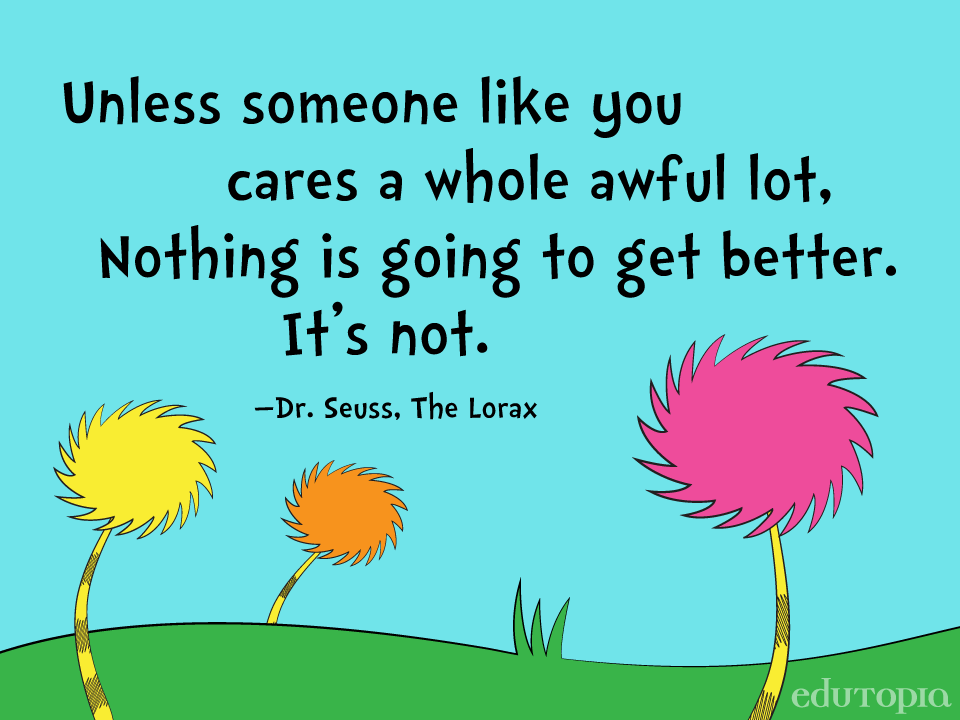We often try to simplify things through polarization. You are either democrat or republican, conservative or liberal, a fitness freak or a couch potato, a digital native or a digital immigrant ... for someone who finds myself in the middle of each of those categories above, this is frustrating. Trying to take what is grey and make it black or white complicates rather than simplifies.
In education, traditional education and progressive education are usually seen as polar opposites that cannot be mixed.
Can you be traditionally progressive or progressively traditional? or are they mutually exclusive?
When this dichotomistic image appeared in my Twittersphere, it got me thinking.
As with most issues, definitions make a huge difference ... what is meant by traditional and progressive education?
Traditional Education
Traditional education can be summarized by a belief that returning to the education (pedagogy and content) of the past is the best for education. Traditional education presupposes that there are enduring aspects of education that should be taught to all students at all times ... and in the same way that it has always been taught. It tends to be against change in schools, frowning on educational fads. Classical education models and Back to the Basics movements would align with traditional education.
Educators with a traditional educational perspective tend to teach the content that they were taught as students in the same way that they were taught as students. Content and pedagogy in traditional classrooms do not change from the educational models of the past.
Even though I would not categorize myself as a "traditional educator," I do believe that we can learn much from the past and many things should stay the same in education.
Historically, schools operate under mission statements that have not changed for years. For example, I currently work at a school that has been thriving in the Denver metro area for over 100 years. For a century, the mission of the school has not changed. The words of the mission statement continue to guide the school in the 21st century. If written well, a school's mission statement should focus on the timeless elements of educational purpose ... isn't that a traditional element of education?
Similarly, the school or classroom's core competencies or essential student learning objectives, if written well, may not change for many years. For example, many schools (even progressive schools) have "Effective Communication" as one of their student core competencies, and this educational pillar has been in place since Aristotle's trivium (rhetoric).
Christian schools, obviously, embrace biblical values on life and learning that have been passed down from generation to generation for over 2000 years. A few of these unchanging elements found in the Bible include, the fruit of the spirit (Gal. 5:22-23), loving God and loving others (Mt. 22:36-40), and the command to welcome the stranger and alien (Lev. 19:34 et al.). These, at least for Christian schools, are traditional elements of education.
So, if your school has a mission statement, core competencies, and biblical values on life and learning that have not changed since the school's inception, does that mean that the school provides a traditional education?
That is what some dichotomistic educational philosophers want you to think. You have to be either traditional or progressive.
Progressive Education
The concept of progressive education (attributed most closely to John Dewey in the late 19th and early 20th century) is a view that the best education (content and pedagogy) is one that continually changes to adapt to a new group of students and cultural context. Dewey (and other educational psychologists after him) explored elements of pedagogy from a scientific model to see which is most effective in teaching and learning. He was a pragmatist and promoted changing ineffective teaching practices and embracing effective ones. Although Progressive Education has been criticized because it seems to chase after each educational fad, John Dewey was actually focused on a methodical scientific study of pedagogy, utilizing trial and error to confirm or reject specific educational practices.
I appreciate educators (and schools) who are progressive, defined as ever-improving, ever-evaluating current practices to see which pedagogical techniques are most effective. However, others define "progressive" education differently.
Similar to the chart above, the National Association of Independent Schools published a list of elements that are found in progressive classrooms and schools. (https://www.nais.org/magazine/independent-school/spring-2008/progressive-education/)
- Attending to the Whole Child
- Community
- Collaboration
- Social Justice
- Intrinsic Motivation
- Deep Understanding
- Active Learning
- Taking Kids Seriously
The article linked above describes what is meant by each of these categories. My concern is with the implication that these elements are exclusive to progressive education. Can't students in a traditional classroom be intrinsically motivated or concerned about social justice? Can you embrace any of these elements within a traditional educational model?
Both And
Educators today should embrace both the traditional aspects of content and effective pedagogy of the past and the modern content and new pedagogical tools needed to prepare today's students to learn and lead in the 21st century.
Educational leaders can help achieve a traditionally progressive school through the following practices ...
- Re-emphasize the mission statement, core competencies, and educational philosophy in which the school was founded. New teacher orientation should include an extensive program on the philosophy and tradition of the school. In addition, school halls and classroom walls should nod to the traditions of the school ... the enduring elements that are valued by the school. Be Traditional!
- Encourage innovative education by the teachers. Every school should have "innovation grants" in which teachers can apply for funds to try something new in the classroom. Professional development should have opportunities to learn new educational techniques, and administrators must encourage teachers to try new pedagogical methods to uncover more effective educational practices. Be Progressive!
I am thrilled that my rather "traditional" Christian school has innovative teachers who are doing some very progressive things. Here are a few things that I see every day walking through classrooms:
- 20 Time / Genius Hour
- Flipped classrooms
- PBL through Google classroom
- Digital bell-ringers, formative assessment, and exit tickets using student phones/devices
- TED Talk student presentations
- Action research to collect original data
- Classrooms with flexible seating options
- Breakout spaces (with white board painted walls) for student collaboration
So am I a traditional or progressive educator? As expressed above, I do not believe that they are mutually exclusive. Of course, the easy answer is I am both.*
It would be good for traditional educators to think more progressively and for progressive educators to think more traditionally.
So go and be traditionally progressive next year!
*If I am pushed to take a stand ...
I am more concerned with those teachers and schools who hold to educational methods of the past in our modern society. Technology has rapidly changed our world and has even changed how our brains function. Instead of lamenting the current state of education and pining for more "traditional" students and schools, we need to embrace the fact that students in front of teachers today learn differently than they ever have. Therefore, it is more imperative for educators to pursue innovative and effective methods of instruction and assessment rather than hold to the pedagogy of the past.
Fuel for another blog post :)





